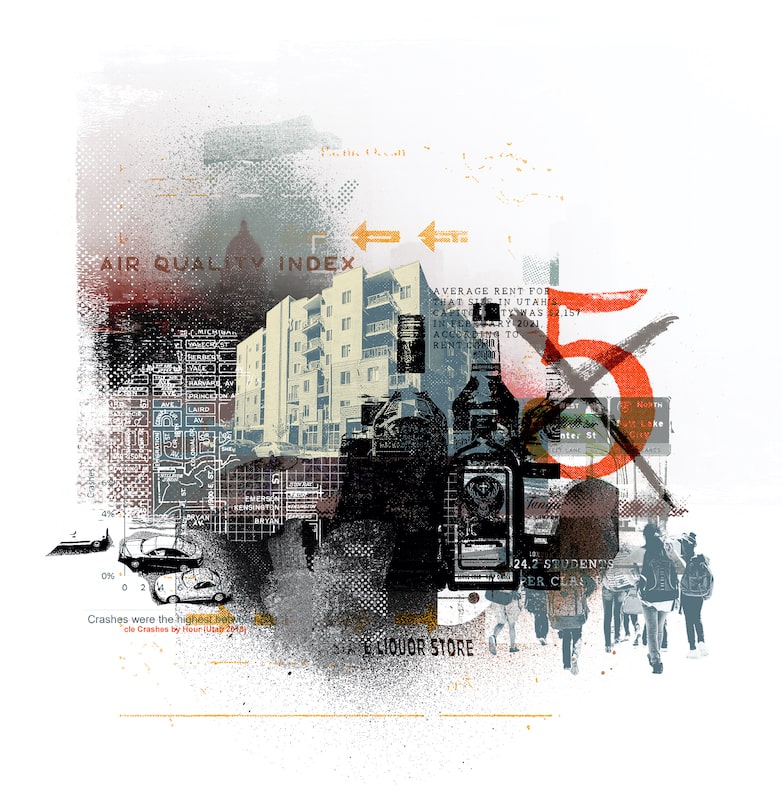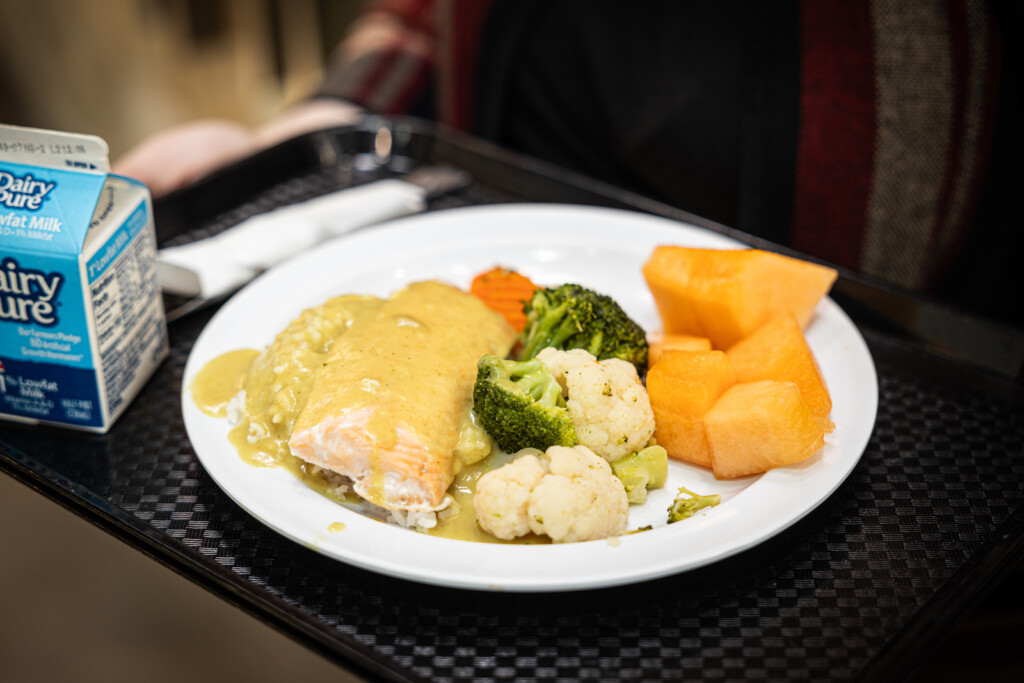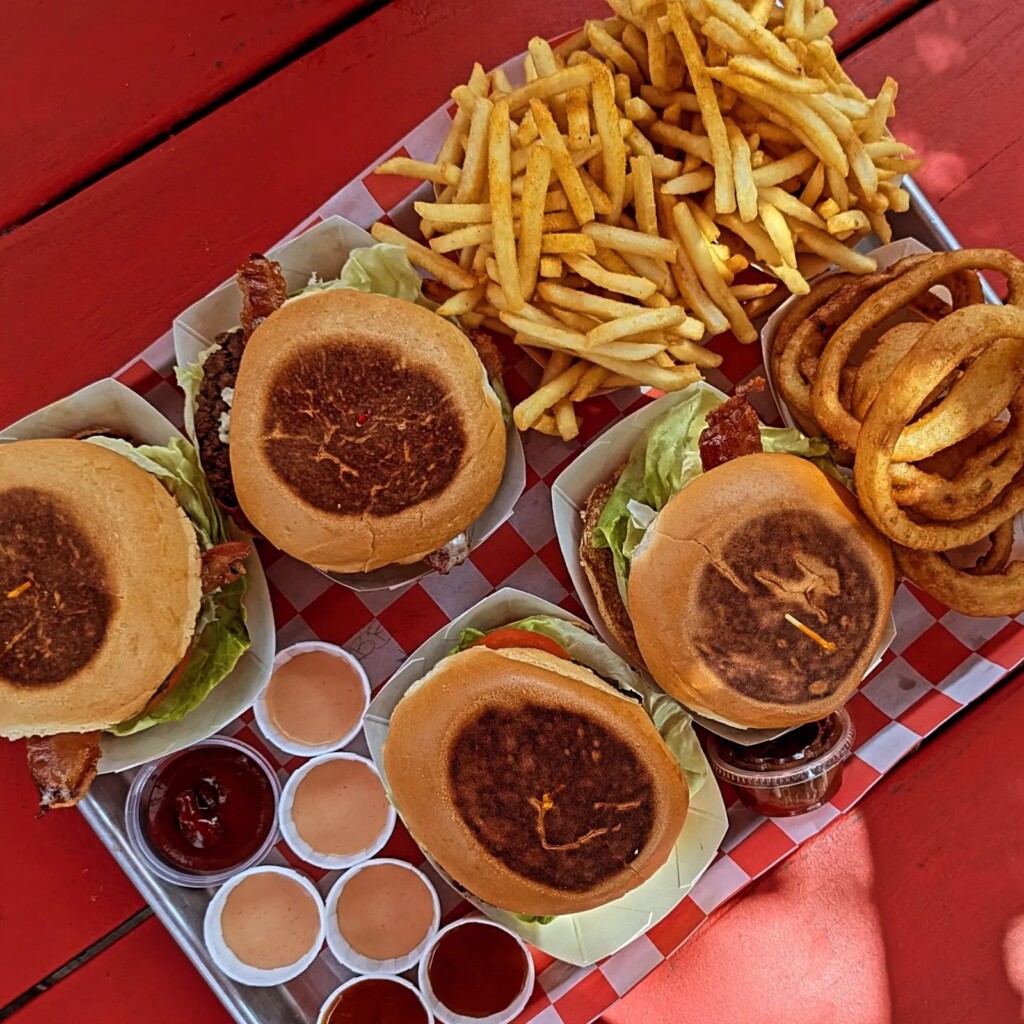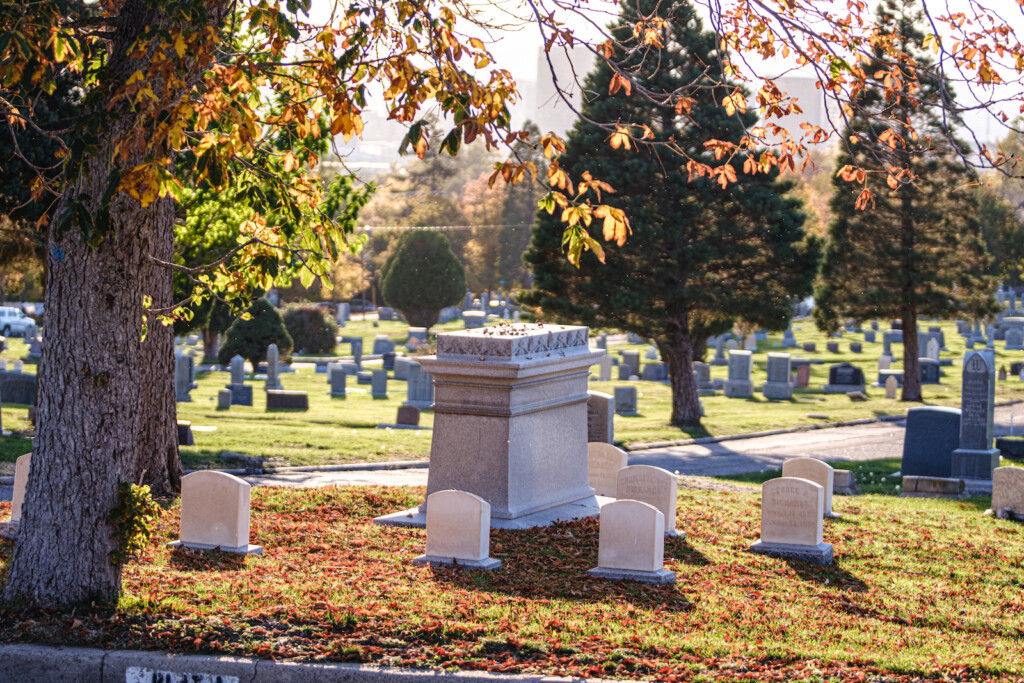
#1 Lack of affordable housing
A friend of mine recently vacated an apartment in hopes of finding another where she didn’t have to pay a shared $1,400 rent for a two-bed, two-bath unit. Unfortunately, she hadn’t done her homework, or she would have known that Salt Lake County’s apartment vacancy rate is at an all-time low of 2 % and that the average rent for that size in Utah’s capitol city was $2,157 in February 2021, according to Rent.com. Now, she’s couch surfing with friends and is afraid she might be homeless.
Her fear is not unfounded. Since the 2020 Covid lockdowns, rents have increased sharply as demand has outpaced supply. That’s despite record numbers of apartment unit building permits ― 6,672 units in Salt Lake County last year ― a recent report by the University of Utah’s Kem C. Gardner Policy Institute found.
The short supply and end of Covid-eviction bans last year preceded landlords imposing hefty hikes.
“People cannot find places to rent,” said Paul Smith, executive director of the Utah Apartment Association. “In some cases, renters are giving notice to leave and then asking their rental operators if they can extend their stay because they can’t find a new place to live.”
Utah’s tight apartment market isn’t expected to see relief until 2024, when more units come available. But what will happen to those squeezed out before then? Experts say this is leading to a new wave of homeless, who largely were surviving before the Pandemic, but now find themselves struggling and paying up to half of their income for shelter.
“People are getting priced out of living in Salt Lake County,” said Glenn Bailey, executive director of Crossroads Urban Center, a food pantry and low-income advocacy group. “There are no affordable places to live, and it’s getting worse. We are already seeing a new rise in homelessness.”
#2 Poor Air Quality
Anyone who has taken a trip down the Cottonwood canyons to the Salt Lake Valley, either in winter or summer, has seen it ― the thick, pea-soup blanket of pollution we all breathe.
And, as more people make the Beehive State their home, Utah’s air quality is getting worse with more vehicles on our now clogged highways. Our poor air has long been a favorite complaint of locals and tourists alike, and is a point of contention when it comes to finding solutions.
In the past two years, the Salt Lake City metro area recorded several times the worst one-day air quality in the world, according to IQAir, a Swiss-based air quality technology company. The main causes were smoke from raging Western wildfires, the population boom and the shrinking of The Great Salt Lake.
How can the tide be stemmed? Some recommend looking toward the Utah Transit Authority (UTA). The agency scored a hit with February’s ride fare-free month. Taxpayers might want to insist the goal is not to make money for the state coffers but to reduce deadly smog and make public transit available for all in convenient ways.
We also need more bike paths and walkable communities. But I wouldn’t hold your breath if you expect Utahns to give up their beloved Subarus, minivans and SVUs, even as more electric or hybrid vehicles are available. As long as we don’t have the gridlock of Los Angeles (yet), we will continue to attract those seeking a less-hectic pace, although we are catching up fast, leading to more, you guessed it, dirty, harmful air.
#3 State-Run Liquor Stores
If ever Utah had an untapped cash cow to generate money for necessities like education and wish-list favorites, they are our state-run liquor stores.
Say all you want about the predominant Mormon religion trying to retain control over and prove disdain for alcohol consumption, but those days are ending, or need to. It’s not 1993 anymore. That’s when I ventured here sight unseen after college and found out the wrong way that wine and spirits aren’t available at the few-and-far between outlets on Sundays and major holidays. What a shame, and a loss for such a potential money maker.
The Church of Jesus Christ of Latter-day Saints still has clout when it comes to the Utah Department of Alcoholic Beverage Control (DABC) running the nearly 50 stores throughout the state. But why hold on to this monopoly when the sale of booze could be privatized and that money could be partially used for priorities? We are not a land of mostly teetotalers anymore, and we might as well make spiked hard lemonade out of lemons rather than squander this opportunity to use increased booze sales to finance something the state and our children desperately need. Dare I propose cutting our infamous classroom sizes?
#4 Crowded Classrooms
Ranked in 2020 as having the most cramped classrooms in the nation, Utah’s elementary schools have 24.2 students per classroom, as opposed to the ideal size of about 15-20 pupils, according to the National Education Alliance.
New data from the U.S. Census Bureau found that in 2021, baby loving Utah retained its title as the youngest state, with roughly 28% of the population being between 0 and 18. That certainly puts a crimp in the quality of learning, lawmakers continually say, and, although the Legislature has proposed classroom-size caps, no statewide standard exists.
Jennifer Boehme, a former teacher who is now executive director of the Utah Education Association, said it is too expensive to simply hire more teachers and build more schools.
She suggests parents get more involved by volunteering in their kids’ schools.
Expect lawmakers to take on this issue again next year.
#5 Dangerous Drivers
Long-known to have some of the worst drivers in the US, Utah now has a startling and troubling trend ― the escalation of wrong-way drivers and ensuing accidents, fatalities and injuries. Many of us are alarmed by this and want to find out why this is occurring?
In 2021, QuoteWizard analyzed millions of insurance quotes in determining which states have the worst drivers, and Utah came up as No. 6. The factors evaluated were:
- Accidents
- Speeding tickets
- DUIs
- Citations
Utah law enforcement agencies say antisocial behaviors sparked in part from the reopenings after the Covid lockdowns are leading to more aggressive driving, increased road-rage incidents, excessive speeding over 100 miles per hour, and more people running from police officers when stopped.
Sgt. Cameron Roden, public information officer for the Utah Highway Patrol (UHP), says the majority of wrong-way wrecks involve impaired drivers, even though the state lowered its legal blood alcohol concentration (BAC) to .05 percent in 2017.
“We’re still having way too many people out there drinking and driving,” Roden said. “If you drink, don’t drive, and make your plan well in advance so that you will have a sober ride home.”
Distracted and reckless driving also are on the rise, with the penalties recently increased by the Legislature for drivers who speed over 100 miles an hour.
Other mentions: As more people flock here and we grapple with growth, we face new challenges and problems that should be at the forefront, not placed on the back burner like some of the issues described above.
-
- The Inland Port: Is this the wave of our economic future, or will it cause more havoc to our air with all of the semi-trailer trucks?
- No abortions in Utah: As one of the trigger states that all but banned abortion following the reversal of Roe V. Wade, how far will the state go to fight Planned Parenthood and other abortion-rights groups?
- Canyon Controversy: Should we reduce traffic to the Cottonwood canyons with gondolas? This debate is heating up and pitting neighbors against each other.
- Shrinking of the Great Salt Lake: Is it possible to turn back time, and how is this affecting the ecosystem?
RELATED CONTENT
Salt Lake City’s Homeless Abatement Policies Examined
University of Utah: Home to the State Arboretum
How More Bicycle Infrastructure Could Help Solve Our Affordable Housing Crisis
Salt Lake City’s Inland Port: From Bad to Worse
Walmart-Style Inventory System at Utah Liquor Stores Squashing Local Distilleries
SUPPORT LOCAL JOURNALISM AND SUBSCRIBE TO PRINT MAGAZINE
Subscribe to Utah Stories weekly newsletter and get our stories directly to your inbox





